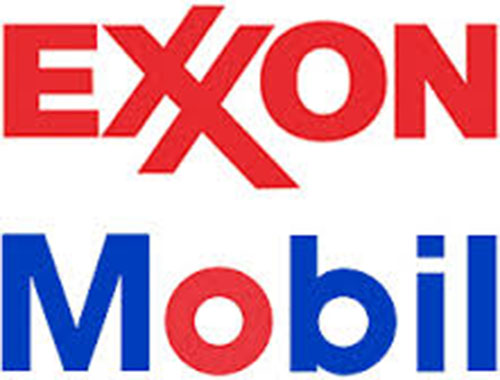Having fixed issues with two of its three gas handling systems and now using 85% of associated gas from the reservoir, ExxonMobil has further reduced flaring at its offshore Liza-1 well project and has started to again ramp up production, the company yesterday said.
“We continue to safely complete final commissioning of the gas handling system. We have two of the three gas handling systems online and are currently injecting or using 85% of the produced gas from the reservoir,” Public and Government Affairs Advisor Janelle Persaud told Stabroek News.
“With gas reinjection online, we are able to ramp up production and reduce flaring. Once the system is fully commissioned, we will be able to produce at full capacity,” she added.
The Environmental Protection Agency (EPA) confirmed what the company said as its executive Director Dr. Vincent Adams said that the agency was pleased to see the company holding true to its commitment to rectify the problem as soon as possible. But Adams was quick to point out that the company still has to abide by restricting flaring to 15 million cubic feet per day or less.
“They did inform us of the new developments, which is a good thing in terms of fixing the equipment. However, they still remain restricted to the [15 million] cubic feet per day as they continue to correct the problem. Our indications are that they are making progress and our expectations are they will get to zero flaring in the near future. They are moving in the right direction towards that goal,” he said.
“They are getting back to the production rate of about 80,000 barrels per day, but very much still restricted to the 15 million cubic feet flaring of associated gas per day compared to the 80 million initially. This shows they are moving in the right direction and we expect they will get to their goal of zero flaring in the very, very near future,” he added.
Earlier this month, production at the Liza-1 project in the Stabroek Block plummeted from 80,000 barrels per day (bpd) to between 25,000 and 30,000 bpd as compressor problems continue and the company agreed not to increase flaring above about 15 million cubic feet of natural gas per day.
The decision followed reports by this newspaper in May that glitches during production startup saw flaring of over 2 billion cubic feet of natural gas—a figure subsequently confirmed by the EPA to be over 9 billion cubic feet,—even as the company had assured that it would have from that week begin transitioning to using the gas for well injection purposes.
A number of persons as well as a global environmental and human rights organization, the Center for International Environ-mental Law (CIEL), pointed to the effects of the greenhouse gas emissions on the environment, as they condemned the act.
ExxonMobil last week again assured that it was working fervently to fix problems with its compressor equipment offshore and said that the lessons learned will be applied to its next Floating Production Storage and Offloading vessel, as well as future projects.
“The current situation is a temporary, unplanned event related to project startup. Across our operations, ExxonMobil has programs in place to improve operations integrity, thus reducing downtime and upsets that can result in flaring. Additionally, we are capturing lessons so we can apply to the Liza Unity and other projects moving forward,” the company’s Public and Government Affairs Officer Deedra Moe had said in response to questions from Stabroek News on the issue. “We are doing all we can to repair the equipment safely in order to complete final commission of the system. As we have said, we have also reduced crude oil production to lessen the amount of gas being flared. ExxonMobil’s commitment to minimizing the environmental impact of its projects is reflected by our design of the Liza Destiny and Liza Phase 1 project. Our operations in Guyana will not utilize routine flaring,” Moe also assured.
Moe said that as the company works to resolve the issues, they “have reduced the amount of gas being flared by cutting crude oil production at the Liza Destiny.”
“The issues encountered were unexpected, and we are working to have the equipment repaired as quickly as safely possible. Throughout the process, we have been in regular communication with the Environmental Protection Agency and Department of Energy,” she said. “We are currently still in the start-up period for Liza Phase 1 which involves temporary flaring to fully commission the gas compression and injection systems for safe operations as outlined in the approved environmental impact assessment and permit,” she added.
Her position was again echoed by Persaud as she stressed that the company was working to eliminate flaring.
“Both the safety of the people working on the Liza Destiny and our efforts to minimize flaring are key priorities for ExxonMobil Guyana, and we will continue to work with the government of Guyana, including the Environmental Protection Agency and Department of Energy, to operate safely and in accordance with our environmental impact assessment and permit,” Persaud said.






